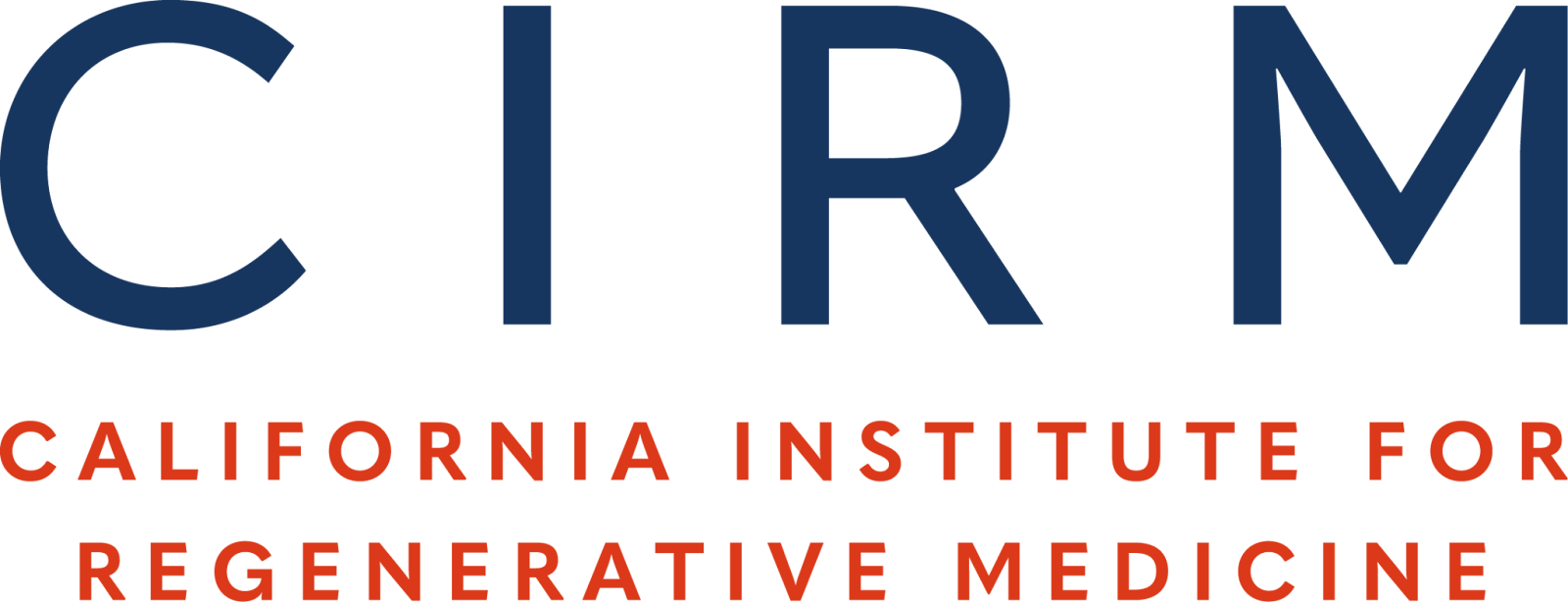Welcome to Our Brain Lab
The Lowry lab is interested in investigating the neuronal molecular mechanisms associated with various monogenic intellectual disorders with shared phenotypes. To study these disorders, the Lowry lab utilizes a disease-in-a-dish model from patient-derived induced pluripotent stem cells (hiPSCs) and further differentiate into disease-relevant neuronal subtype.
In Vitro
Rett Research done previously in the lab established a cellular stress signature comprising of senescence and DNA damage.in neural progenitor and neuronal cells associated with increased senescence, damage, and decreased branching. Recently, we’ve been able to track the interactions between MECP2 and PARP1, in vivo and in vitro, and we are continuing to investigate the impaired DNA damage response (DDR) cascade responsible for Rett phenotypes as well as possible commonalities with other intellectual disorders (CDKL5, KAT6A, etc.)
In Vivo
The use of murine models to study intellectual disability syndromes offers a valuable approach to investigating the molecular mechanisms behind the symptoms of Rett syndrome in vivo. Through our collaboration with Dr. Michelle Olsen and her team, we have been able to characterize the molecular changes in MECP2 mutant animals, as well as examine the behavioral and physiological changes that occur in these models. Using this preclinical in vivo model, we have also tested NAD+ treatment as a strategy to rescue PARP activity and, in turn, reduce DNA damage. Our ongoing studies contribute to a deeper understanding of Rett syndrome and support the development of targeted therapeutic strategies.
Welcome to Our Skin Lab
The Lowry lab is interested in hair follicle stem cell (HFSC) fate decisions in normal physiology, aging, and cancer.
Normal Physiology
We have discovered how manipulating metabolism to increase lactate dehydrogenase activity in HFSCs, activates these stem cells and induces the hair growth cycle. We are currently exploring the exact mechanism and contributing factors to HFSC activation with goals to further understand stem cells maintenance and hair growth.
Aging
Our previous findings have allowed up to activate HFSCs by targeting the mitochondrial pyruvate carrier (Mpc1). We have shown pharmacological inhibition of Mpc1 using UK5099 can activate HFSCs and induce hair growth. In aged skin, HFSCs are still present in the hair follicle but are dormant. Thus, during aging, there is a decrease in hair growth and skin maintenance due to the lack of HFSC activation. We are currently exploring if UK5099 can rejuvenate the skin and activate HFSCs in an aging setting.
Cancer
We have established metabolic flexibility of a type of skin cancer called squamous cell carcinoma (SCC). Previous findings have found that HFSCs can give rise to SCCs upon oncogenic mutations. Years of work in our lab has identified the metabolic enzymes required for SCC growth and we have shown that starving the cells of origins for SCC from these enzymes is suffice to prevent SCC formation. Ongoing experiments focus on recapitulating these findings using pharmacological inhibitors and further studying tumor fate decisions in our genetic conditions.
Our Sponsors










